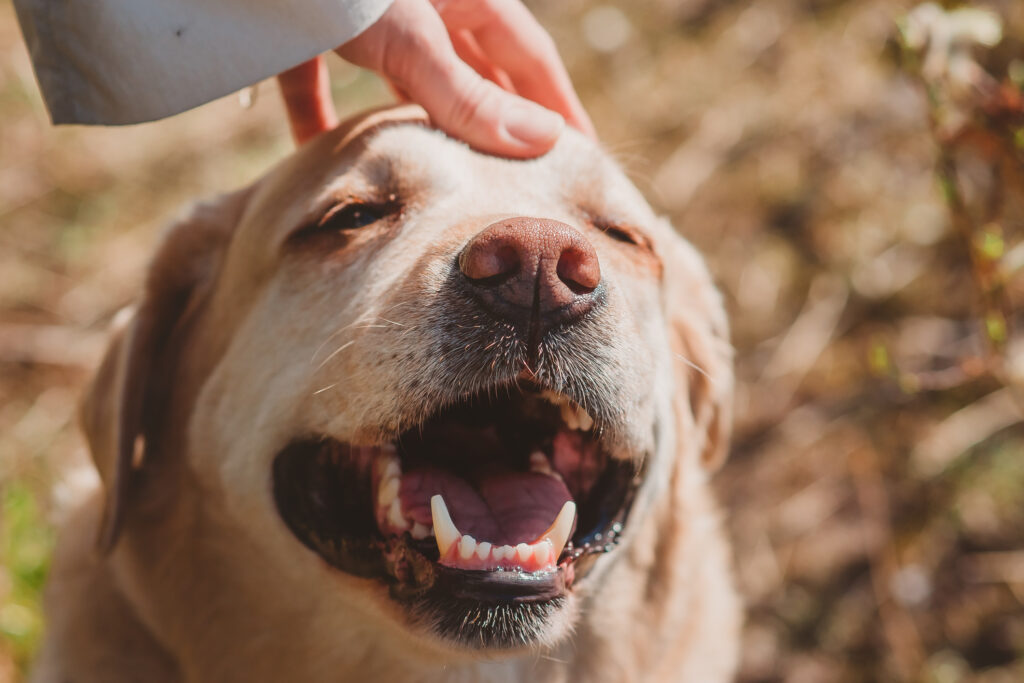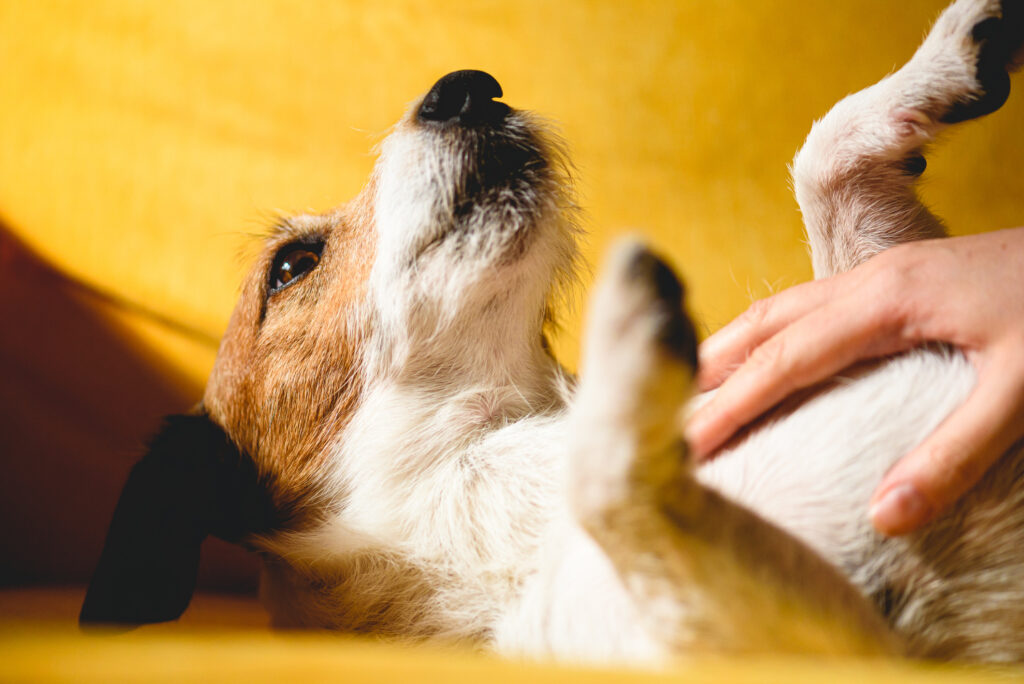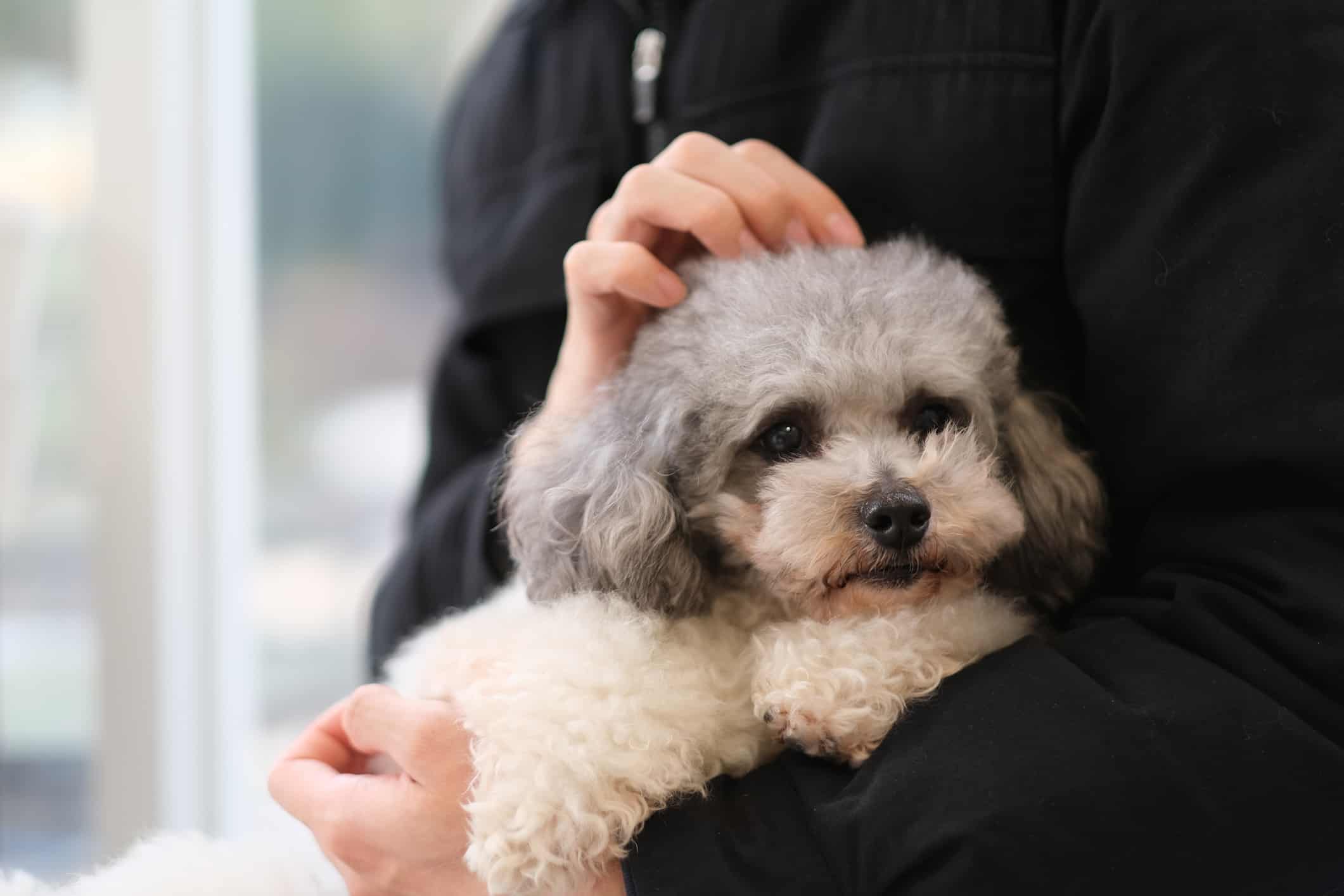Petting a dog is straightforward, right? You approach the pup, give some scratches, and hopefully get tail wags in return.
As simple as it sounds, there is actually more to petting a dog than you might think! Not all dogs take petting lightly, especially when you have just met them. There is an appropriate manner for approaching new dogs and petting familiar dogs to prevent them from becoming stressed or experiencing discomfort.
Petting a dog should be a way to show affection and love. When it is bothersome, petting won’t be pleasant for any dog – and potentially, it won’t be pleasant for you, either. It is necessary to read the body language of the dog. Some dogs may not like to be touched in a particular part of their body or may prefer another type of affection at that moment.
Even though we have all had good experiences with dogs, petting is often taken for granted. We may not be aware of our mistakes until we know how and where (and where not) to pet dogs. It’s also important to teach these principles to children so they can understand the best way to interact with their furry friends.
This article will cover how to read a dog’s body language – helping you to understand if it is a good time to pet. We’ll also outline the best spots for petting, and how you can avoid some common mistakes.
Why is it important to pet a dog?
Petting is a simple act of showing affection. It helps build a relationship and bond with the pup. Dogs release oxytocin (commonly known as the ‘love hormone’) when they get this kind of affection from humans. Even gentle touches to a dog wanting attention make them happy, support their mental health, and bring you closer to them.
Most dogs love being petted, but it isn’t just soothing and relaxing for them. It is also a therapeutic activity for humans. Studies show that petting a dog reduces stress and improves heart and mental health.

How to interact with new dogs
There is a big difference between petting your own dog, and petting an unfamiliar one. For all the unfamiliar dog knows, you are a stranger and the same for the owner of that pup. It is an unspoken rule to always ask permission from a dog’s owner before petting. The owner may not be okay with it, the dog might be having a stressful day, or they may have behavioral problems that make them unsuitable for petting.
Once you get the green light, here is how you should interact with new dogs.
Approach slowly
Firstly, bring yourself down to the dog’s level. It is vital to take a non-threatening posture to make the dog comfortable. Stand on your side and wait for the dog to come. If the dog doesn’t seem very interested, approach slowly, and wait for them to initiate the contact. Take the necessary time to introduce yourself to the dog.
If the dog seems relaxed and happy to interact with you, pet them for a few seconds to see how they respond. However, avoid reaching over the dog’s head and making sudden movements. These are intimidating to dogs, especially when you meet them for the first time.
Don’t maintain direct eye contact when bringing yourself closer. This is a challenge for dogs. Even dogs approach each other without making direct eye contact. You can tell if the dog wants to be petted by watching the tail. If the tail is wagging loosely, it is likely that the dog is curious and wants to interact with you.
Gauge the dog's reactions
After a few seconds of receiving pets, the dog’s body language will let you know if they want you to continue. If they are not showing interest or walk away from you, do not force it. They may be wanting a different type of attention, like playing or walking.
A dog that likes being petted will move closer, or even paw at you, asking for more. In this case, carry on respectfully giving more love to the dog.
Petting manners
How fast you pet the dog, the intensity, and where you begin petting are crucial for interactions with new dogs. Immediately going for the dog’s head, rubbing the coat in the opposite direction of the fur, and sudden moves can overwhelm them. These will make the dog feel upset or threatened by you.
Instead, begin petting the dog gently. Rub the chest, under the chin, and other neutral areas. If the dog rolls over, it doesn’t necessarily mean an open invitation to the belly. Rolling over and showing the belly is a submissive behavior in dogs to let you know they aren’t a threat to you.
Continue petting the dog in the neutral areas with soft, slow strokes. When the dog feels more comfortable with you petting them, move to the belly and gauge their reaction. If the dog seems to be enjoying the belly rubs, carry on. Even a slight discomfort when touching their tummy or the dog trying to get away from you is a sign they do not want it.

Where are the best spots to pet a dog (and where should you avoid petting them)?
Every dog is different, and so are the spots they like and dislike receiving pets.
Generally, the neutral areas that aren’t vulnerable are okay to touch at first. To start with, here are good places to begin petting a dog:
- The base of the neck
- Under the chin
- Shoulders
- Sides of the body
There are places dogs often do not prefer being petted, such as:
- Ears
- Tail
- Paws
- Muzzle
Some dogs also need to trust you before they let you touch sensitive areas, like the ears and tummy. The belly is one area dogs usually enjoy receiving love the most, but read the dog’s body language first before engaging. Dogs show submissive posturing and open up their belly to portray trust. Dogs do this more to people they aren’t familiar with. If your dog is doing this, they likely crave belly rubs as they know their presence isn’t a threat to you.
Dogs also display different behavior depending on where and how you pet them. Petting some areas will relax them, while others amp them up. Soft touches to the neck, gentle scratches at the base of the tail, and rubs to the sides of the body are calming for most dogs. Petting the top of the head, ears, and legs usually irritates dogs. Touching these spots can cause upset.
Furthermore, some dogs may be more sensitive in these areas than others. Petting the dog intensely in these spots can make them anxiously excited. If a dog gets too excited when you touch a particular area, ease down and stroke gently. Avoid petting the dog in these spots if they do not seem to loosen up, even when you do it calmly.
Lastly, dogs do not receive patting well, regardless of where. It is often how kids pet dogs, but all children should be taught how to properly pet a dog. Teach children to softly stroke the dog’s body and chest. Otherwise, the dog may feel anxious.


You must be logged in to post a comment.